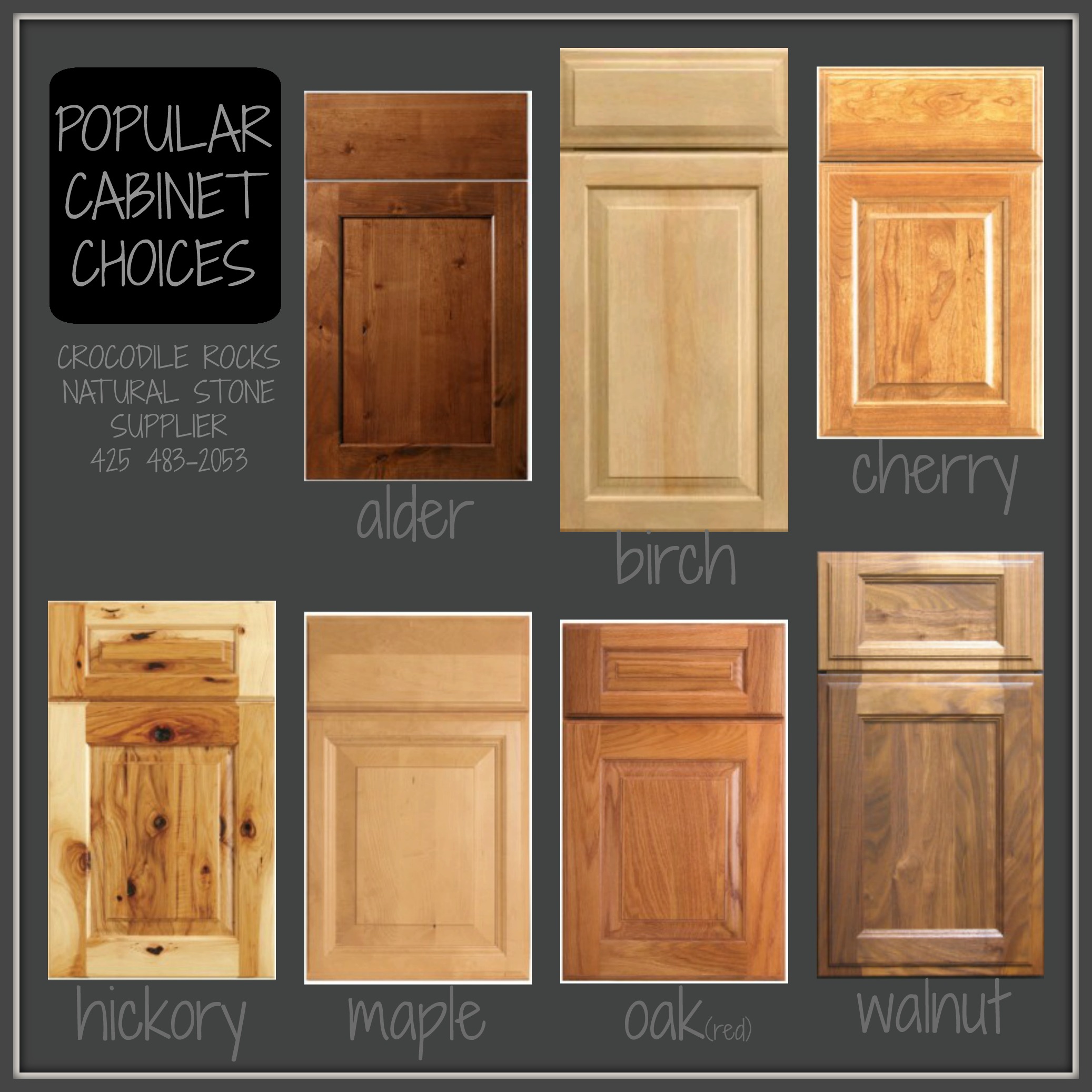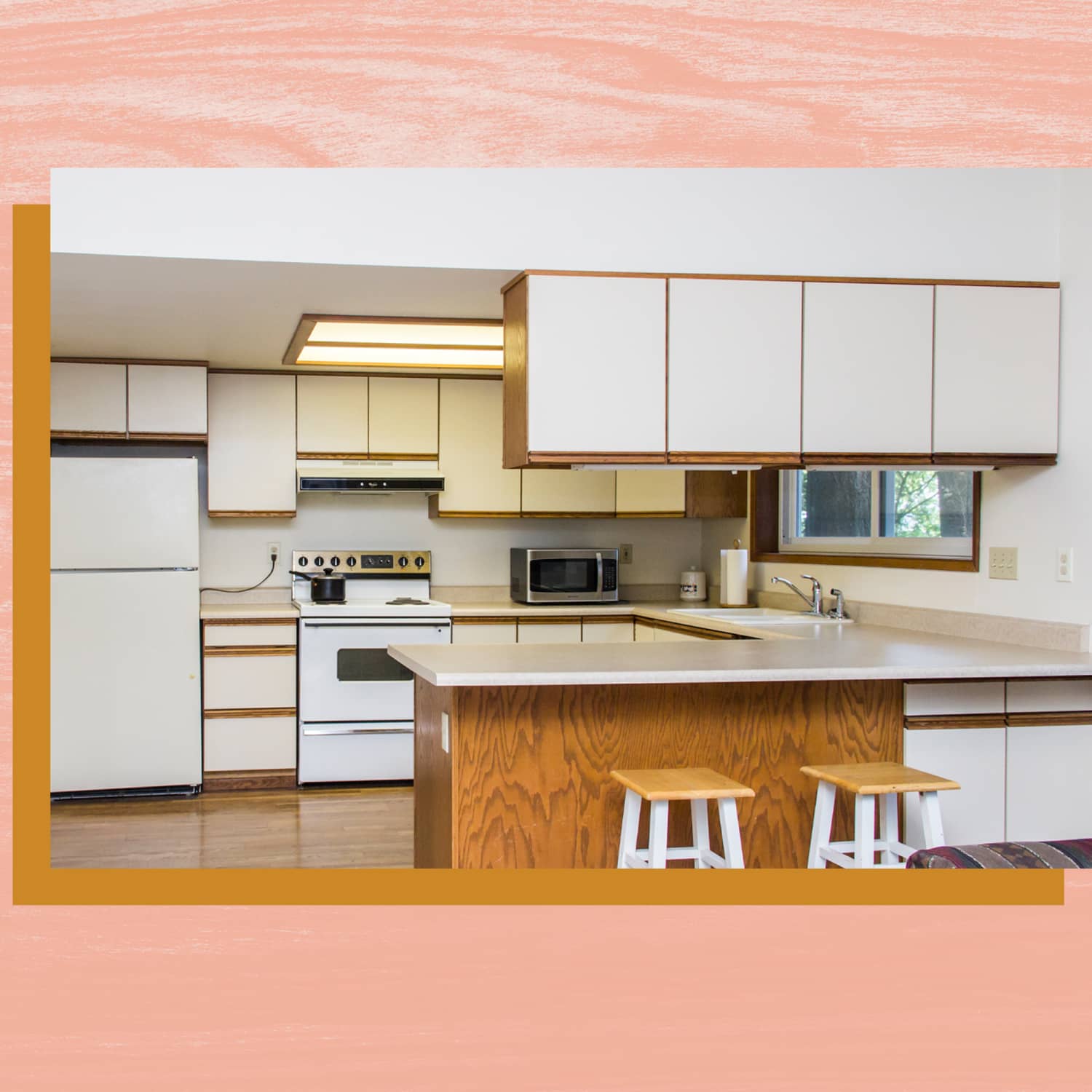Aesthetics and Design Considerations

Choosing between white and wood cabinets is a big decision, and it’s all about finding the perfect look for your kitchen. Both options have their own strengths and weaknesses, so let’s dive into the world of kitchen design and see what fits your style.
Visual Impact of White and Wood Cabinets
White cabinets create a bright and airy feel, making your kitchen feel bigger and more spacious. They are super versatile and can work in a variety of kitchen styles, from modern and minimalist to farmhouse and traditional. Wood cabinets, on the other hand, bring warmth and natural beauty to a space. They can add a touch of rustic charm, elegance, or even a modern vibe depending on the wood species and finish.
Versatility of White Cabinets
White cabinets are like a blank canvas, allowing you to experiment with different colors, textures, and décor choices. They can be paired with bold accent walls, vibrant backsplashes, and colorful countertops without clashing. Wood cabinets, while beautiful, can sometimes limit your design options. The wood tone and finish will influence the overall color scheme, making it harder to incorporate certain colors and patterns.
Impact of Different Wood Tones
Light wood tones, like maple or birch, create a bright and airy atmosphere, similar to white cabinets. Medium wood tones, like oak or cherry, offer a warm and inviting feel, while dark wood tones, like walnut or mahogany, add a touch of sophistication and drama. The choice of wood tone depends on the overall aesthetic you want to achieve. Light wood tones can make a small kitchen feel bigger, while dark wood tones can create a cozy and intimate ambiance.
Pros and Cons of White and Wood Cabinets
Here’s a table comparing the pros and cons of white and wood cabinets in terms of their aesthetic appeal and design flexibility:
| Feature | White Cabinets | Wood Cabinets |
|—|—|—|
| Visual Impact | Bright, airy, spacious | Warm, natural, inviting |
| Versatility | Highly versatile, works with various styles and color schemes | Can be limiting in terms of color schemes and décor choices |
| Maintenance | Easier to clean, less prone to scratches | May require more maintenance, susceptible to scratches and water damage |
| Cost | Generally more affordable | Can be more expensive, depending on the wood species and finish |
| Style | Modern, minimalist, farmhouse, traditional | Rustic, elegant, contemporary |
Practical Considerations: White Vs Wood Cabinets

When choosing between white and wood cabinets, it’s important to consider the practical aspects beyond aesthetics. Both options have unique strengths and weaknesses in terms of durability, maintenance, and resistance to staining and discoloration.
Durability and Maintenance, White vs wood cabinets
The durability and maintenance requirements of white and wood cabinets are significantly different. White cabinets, typically made from materials like melamine or thermofoil, are generally more durable and require less maintenance than wood cabinets. They are resistant to scratches, dents, and moisture, making them a good choice for high-traffic areas like kitchens. Wood cabinets, on the other hand, require more care and attention. They are susceptible to scratches, dents, and moisture damage, especially if not properly sealed.
- White Cabinets: Melamine and thermofoil are known for their durability and resistance to scratches, dents, and moisture. They are also relatively easy to clean, making them a good choice for busy families.
- Wood Cabinets: Wood cabinets, while beautiful, are more susceptible to scratches, dents, and moisture damage. They require regular maintenance, including sealing, to protect them from these issues.
Staining and Discoloration
Both white and wood cabinets can be susceptible to staining and discoloration. White cabinets, especially those made from melamine or thermofoil, are more prone to staining from spills and splatters. Wood cabinets, on the other hand, can be stained by spills, sunlight, and even heat.
- White Cabinets: White cabinets are more likely to show stains from spills and splatters, especially those made from melamine or thermofoil. They may also yellow over time due to exposure to sunlight.
- Wood Cabinets: Wood cabinets can be stained by spills, sunlight, and heat. They are also more prone to discoloration over time, especially if they are not properly sealed and maintained.
Impact of Light and Heat
Light and heat can impact the longevity of both white and wood cabinets. White cabinets, especially those made from melamine or thermofoil, can yellow over time due to prolonged exposure to sunlight. Wood cabinets, on the other hand, can fade and become discolored in direct sunlight. Heat can also cause warping and damage to both types of cabinets.
- White Cabinets: White cabinets can yellow over time due to prolonged exposure to sunlight, especially those made from melamine or thermofoil.
- Wood Cabinets: Wood cabinets can fade and become discolored in direct sunlight. They can also warp and become damaged from excessive heat.
Cleaning and Maintenance
Both white and wood cabinets require regular cleaning and maintenance to maintain their appearance and longevity. White cabinets are typically easier to clean, as they can be wiped down with a damp cloth. Wood cabinets, on the other hand, require more specialized cleaning products and techniques to avoid damaging the finish.
- White Cabinets: White cabinets are typically easier to clean, as they can be wiped down with a damp cloth. Avoid using harsh chemicals or abrasive cleaners.
- Wood Cabinets: Wood cabinets require more specialized cleaning products and techniques. Use a mild soap and water solution, and avoid using harsh chemicals or abrasive cleaners.
Cost and Value
Choosing between white and wood cabinets can be a tough decision, especially when considering the impact on your wallet and your home’s future value. Let’s break down the cost factors and resale value potential of each type.
Average Cost Comparison
The cost of cabinets can vary widely depending on factors like material, construction, style, and labor. Generally, white cabinets tend to be more budget-friendly than wood cabinets. This is because white cabinets often utilize less expensive materials, like melamine or thermofoil, which are durable and easy to maintain. Wood cabinets, on the other hand, are typically crafted from higher-quality materials like oak, maple, or cherry, which come with a higher price tag.
Resale Value
White cabinets are considered a neutral and timeless choice that can appeal to a wider range of buyers. This can translate into a higher resale value for your home, as potential buyers won’t be put off by a bold color or a style that might be outdated. Wood cabinets, while beautiful, can be more polarizing and might not resonate with all buyers. A unique wood species or a highly ornate style could limit your potential buyer pool.
Factors Influencing Cost
Here’s a closer look at the factors that can influence the cost of both white and wood cabinets:
- Material: The type of material used for cabinet construction is a major cost driver. Melamine and thermofoil are less expensive than wood, but solid wood cabinets will command a higher price.
- Construction: Cabinet construction techniques can also impact cost. Frameless cabinets, which have a more modern look, are often more expensive than framed cabinets.
- Style: The style of your cabinets, including the number of doors and drawers, the type of hardware, and the overall design, can all affect the cost. Custom cabinets, which are designed and built specifically for your kitchen, will be more expensive than pre-fabricated cabinets.
- Labor: Labor costs can also vary depending on your location and the complexity of the installation.
Cost-Effectiveness Over Time
While white cabinets might be cheaper upfront, wood cabinets can offer greater longevity and potential appreciation in value over time. Here’s a table comparing the cost-effectiveness of each type:
| Feature | White Cabinets | Wood Cabinets |
|---|---|---|
| Initial Cost | Lower | Higher |
| Durability | Good | Excellent |
| Resale Value | Potentially Higher | Potentially Lower |
| Customization | Limited | High |
| Maintenance | Low | Moderate |
White vs wood cabinets – The debate of white versus wood cabinets is a timeless one, much like the mystery of the perfect home. If you’re looking for a cozy haven in a charming town, perhaps a plymouth one bedroom apartment might be the answer.
And while the cabinets might be a small detail, they can subtly influence the overall feel of your space, just as a whisper can create a chilling effect in a darkened room.
The debate of white versus wood cabinets for your bedroom study desk often boils down to personal preference, but have you considered the subtle influence of feng shui? A feng shui bedroom study desk can help harmonize your energy, and the color of your cabinets can play a part.
White cabinets may bring a sense of openness and clarity, while wood cabinets offer grounding and warmth. Ultimately, the choice depends on the energy you wish to cultivate in your workspace.

